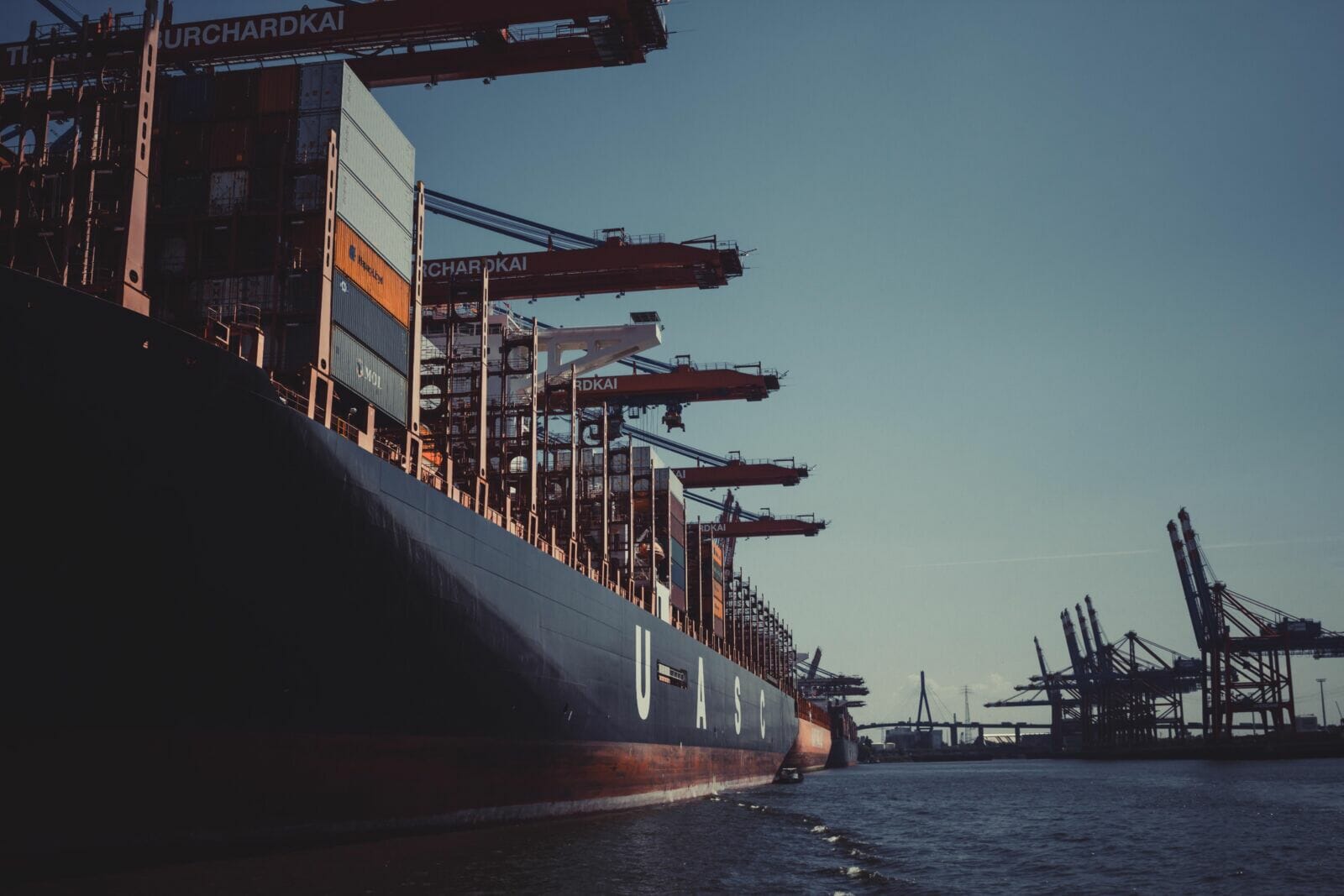There are lots of advantages to importing goods into Australia for your business. But importing has a lot of moving parts that need attention before the final product rests in your care. Check out this guide to help you have a smooth import.
1. Know the Laws and Regulations
Before you begin importing, it’s important to know the rules and regulations for doing so because there are a lot. Hiring customs broker Brisbane is one way to get acquainted with the laws with professional help.
2. Obtain the Right Permits
There are some goods that you will need a permit to import. You’ll want to check with the Australian Border Force to learn whether or not this applies to you. The ABF clears your imports through customs.
3. Quarantine
Sometimes goods have to be quarantined before you have access to them. Live animals and plants, human products and minerals are required to be quarantined to ensure the safety of the goods. They may even need to be treated for pests.
4. Taxes and Tariffs
There are lots of possible additions to the costs of importing goods. There are goods and services taxes, customs duty taxes and more. You’ll need to be prepared to handle these. Keep in mind that an Australian Business Number can defer tax payments and allow you to claim tax credits.
5. Concessions on Import Duty
Australia’s Free Trade Agreement with China has eliminated certain barriers to trade and investment between the two countries. This may mean that there are some concessions on tariffs, allowing certain goods to be imported at reduced rates or even for free. Take advantage of these.
6. Shipping and Freight
There is no shortage of additional fees when importing goods into Australia. There will be some cost associated with getting your goods to you safely. You may even encounter airport and seaport fees as well.
7. Labeling Matters
You can steer clear of some avoidable delays by having your good properly labelled. This means clearly stating in English the origin, the sender’s and recipient’s addresses and an accurate description of the import.
8. Paying Your Supplier
When making international purchases, currency becomes a hurdle that must be jumped. Be sure to confirm exchange rates or use an international payment service to make sure that your payment is complete and that you get the necessary receipts.
9. Free Trade Agreements
There are a number of free trade agreements between Australia and other countries. These agreements make importing and exporting less complicated and less costly. Keep in mind that the agreements are specific to the exporting country and there is no generic trade agreement for importing into Australia.
10. Get Help
If you’re new to importing goods in Australia, it’s a good idea to get educated on the process. There are a lot of things to consider, from the goods themselves to the fees, taxes and tariffs. Take advantage of all the free resources on the subject and do your research before importing.
Now that you know what importing goods involves, you’re ready to start importing. Once you’ve got one import complete, you’ll be much more comfortable making subsequent imports. Your customers will enjoy your new offerings and your business will benefit too.




